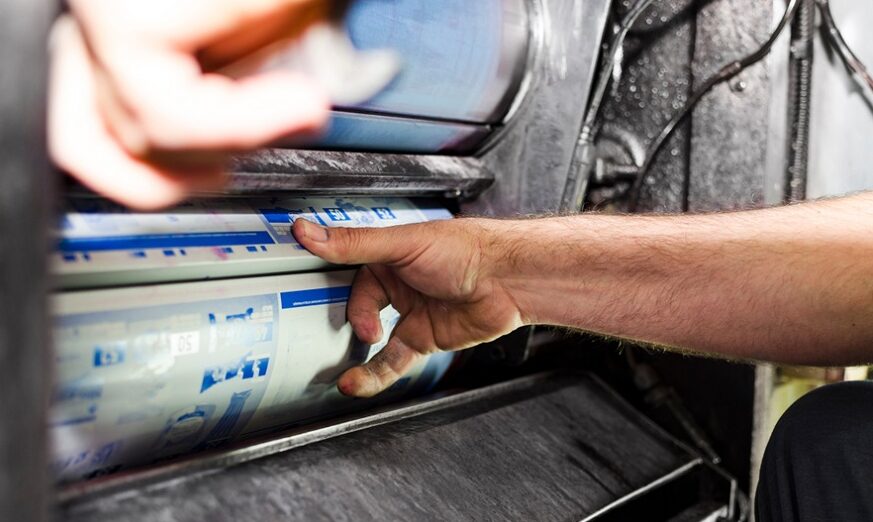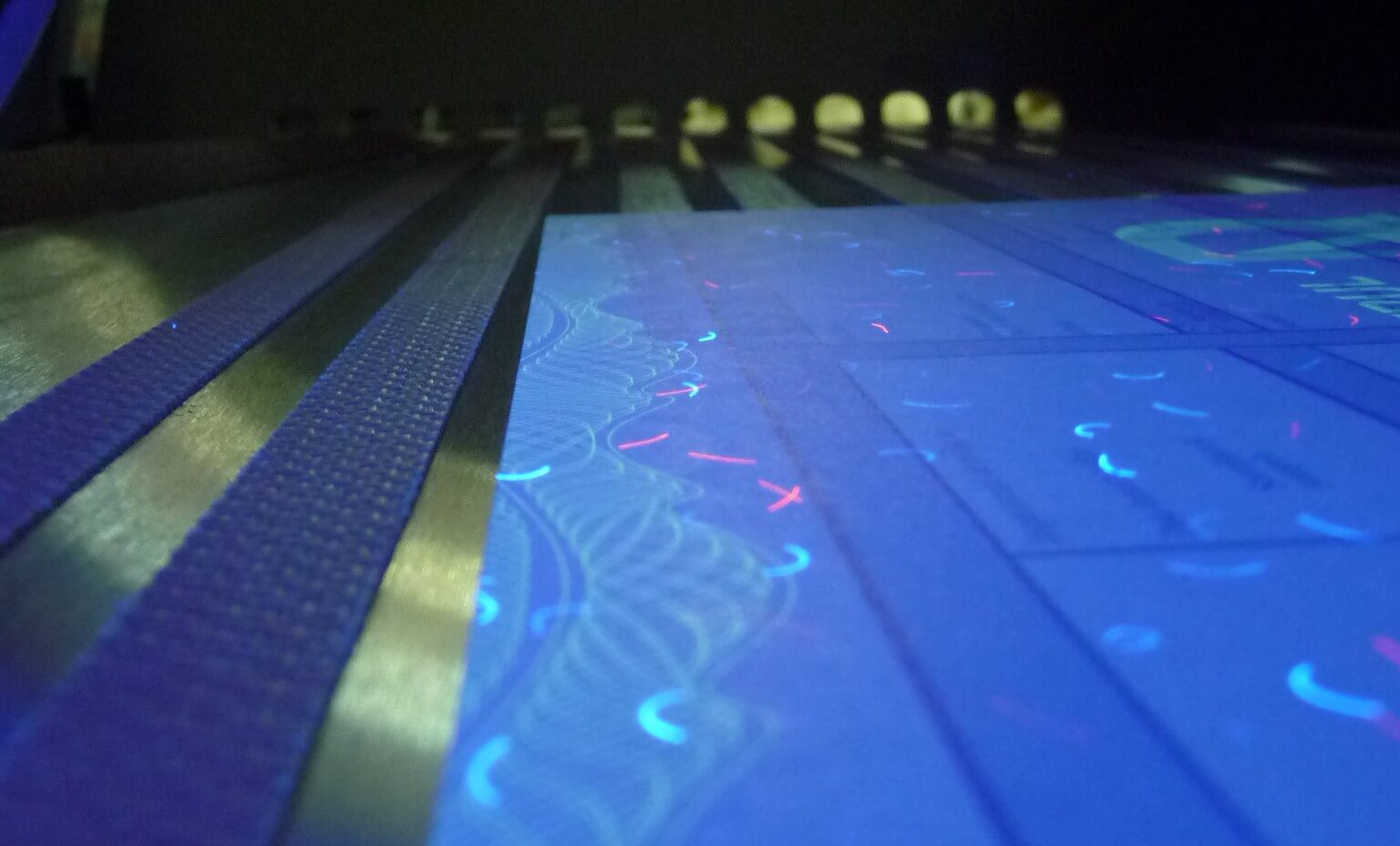In the ever-evolving world of printing, offset printing has long been a staple for producing high-quality print materials. But when it comes to small-run jobs, many businesses question its viability. Understanding the nuances of this printing method can help businesses make informed decisions. This article will delve into the advantages and considerations for using offset printing for small-run jobs.

What is Offset Printing?
Offset printing is a traditional printing technique that involves transferring an inked image from a plate to a rubber blanket, and then onto the printing surface. It’s known for its high-quality output, making it a preferred choice for mass production of printed materials.
How Does Offset Printing Work?
Offset printing involves several steps. First, a printing plate is created with the image to be printed. The plate is then inked, and the image is transferred to a rubber blanket. This blanket rolls the ink onto the paper, creating a high-resolution image. This process is repeated for each color in the print job.
Advantages of Offset Printing
Offset printing offers numerous advantages, particularly for larger print runs. These include:
- High-quality images: Offset printing produces sharp, clean images and text.
- Cost-effective for large runs: The per-unit cost decreases as the quantity increases.
- Wide range of materials: This method works on various paper types and weights.
Considerations for Small-Run Jobs
While offset printing is ideal for large quantities, there are considerations when it comes to small-run jobs. The setup costs and time can be higher compared to digital printing, which can be a disadvantage for short runs.
Offset vs. Digital Printing
When comparing offset printing to digital printing, the differences lie in quality, cost, and turnaround time. Digital printing is often preferred for short runs due to its lower setup costs and faster turnaround. However, offset printing offers superior image quality and color accuracy.
For more detailed insights on offset versus digital printing, visit offset vs. digital printing.
When to Choose Offset Printing for Small-Run Jobs
Businesses may choose offset printing for small-run jobs when quality is paramount and the print material requires specific finishes or paper types not available with digital printing. It is also chosen when color consistency across multiple runs is necessary.
Economic Considerations
The decision to use offset printing for small runs depends on various economic factors. While the initial setup costs are higher, the long-term benefits in quality and consistency can outweigh these costs, especially for businesses that prioritize brand image.
Case Study: Small Businesses and Offset Printing
Many small businesses have successfully used offset printing for items like brochures and business cards. For example, a local bakery opted for offset printing for their menu cards to maintain color consistency and quality across various batches, enhancing their brand image.
Expert Tips for Small-Run Offset Printing
Here are some tips for businesses considering offset printing for small-run jobs:
- Plan your print run carefully to maximize the cost-effectiveness.
- Choose a reliable printing partner who understands your quality requirements.
- Consider the long-term benefits of consistent branding through high-quality prints.
Choosing the Right Printing Partner
Finding a printing partner that specializes in small-run offset jobs is crucial. They should offer flexibility in terms of materials and finishes and provide guidance on optimizing the printing process for cost and quality. For businesses looking to explore options, consider reaching out to professionals in the industry like business cards experts or those specializing in graphic design.
Future of Offset Printing in Small Runs
The future of offset printing in small runs looks promising as technology advances. With improvements in plate-making and inking processes, offset printing is becoming more accessible and efficient for smaller jobs.
Innovations in Offset Printing
Recent innovations in offset printing technology are reducing setup times and costs, making it a more viable option for smaller print runs. These advancements are bridging the gap between digital and offset printing, offering businesses more options.
Conclusion
For businesses weighing their printing options, offset printing for small-run jobs remains a viable choice, especially when quality and consistency are crucial. By understanding the benefits and considerations, businesses can make informed decisions that align with their brand and budget.

FAQs
What is the main advantage of offset printing for small-run jobs?
The main advantage is the high-quality output, which is superior to most digital printing options, especially for materials requiring specific finishes.
Is offset printing cost-effective for small-run jobs?
While setup costs are higher, the quality and consistency benefits can outweigh these costs for businesses prioritizing brand image.
How does offset printing compare to digital printing?
Offset printing offers better quality and color accuracy, while digital printing is often faster and cheaper for short runs. For a detailed comparison, explore this resource.
This article contains affiliate links. We may earn a commission at no extra cost to you.







